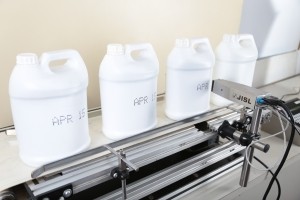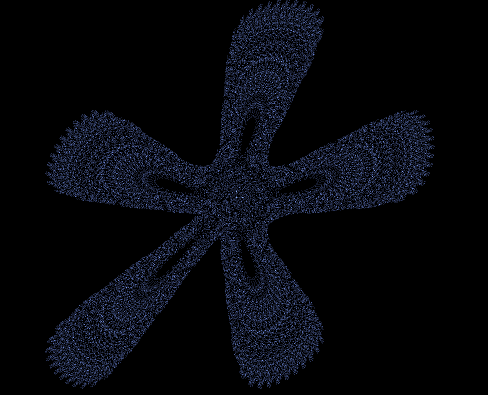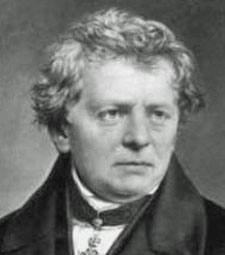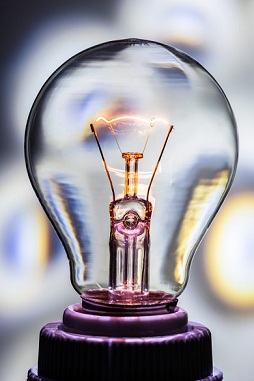The 3D printer is a device that makes things easy to fabricate three-dimensional objects. The typical materials to be used with the printer are synthetic resin (plastic) or metal powders. However, there are also biological cells, textile fibers, and wheat flour as the materials for 3D printers.
A printer using biological cells can make a part of the organs of a human body. The specific cells are cultured in laboratory up to about a diameter of 0.5 millimeters (0.02 inches). There is a trick to insert the wire, which assists forming the organ in accordance with the three-dimensional data. Then, it is soaked in a special liquid so it can be solidified as the part of the human body.
There is also a 3D printer to manufacture clothes. This printer uses the liquid textile as a material which is sprayed to the shape of the designed clothes. You can fully customize your own clothes and shoes by using it.
Wheat flour is the material of cookies and pizza dough. You can also create a variety of shapes of sweets and dishes by putting flour and the related ingredients into the particular 3D printer.
In the future, we may have the other materials to fabricate many of different shapes with many types of 3D printers.




